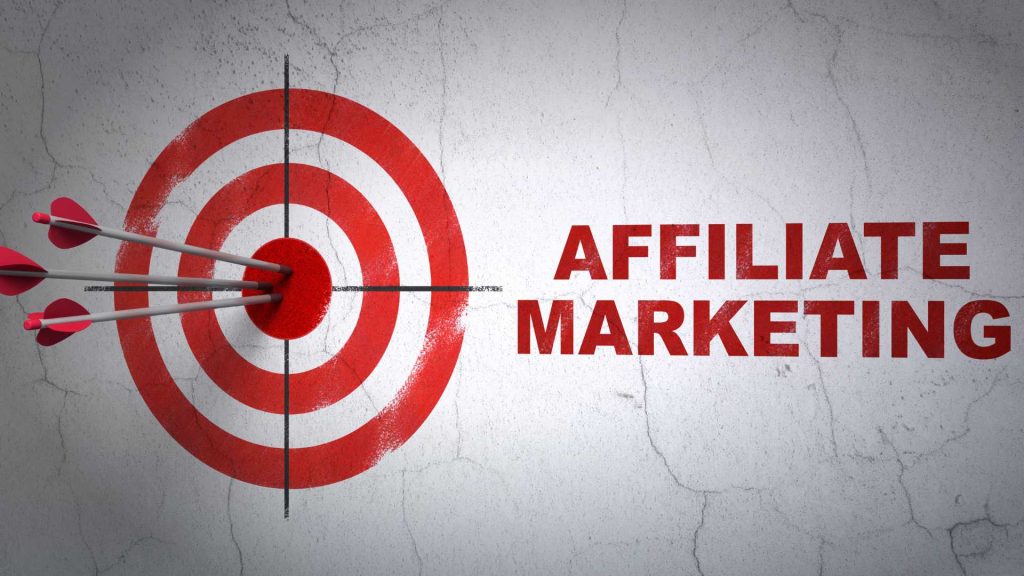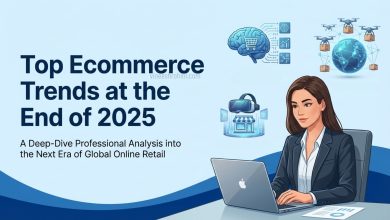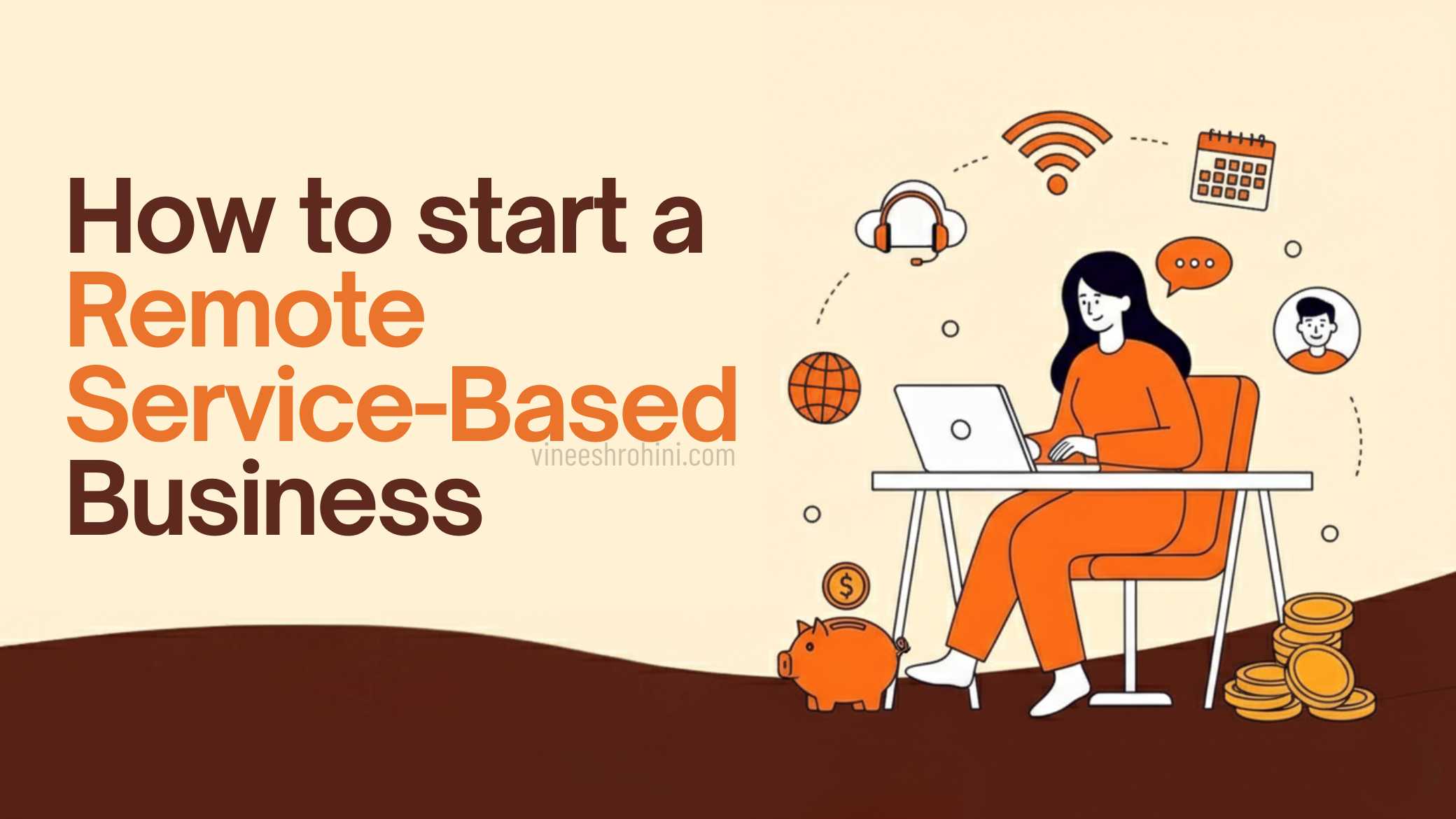How to Create Affiliate Marketing Funnels : Comprehensive Guide 2025
Create Affiliate Marketing Funnels : Affiliate marketing continues to be one of the most profitable online business models in 2025. But the difference between average affiliates and those earning six figures lies in how effectively they guide potential customers through a sales funnel.
Table of Contents
In today’s competitive digital marketing landscape, an affiliate funnel is not just a luxury — it’s a necessity. This detailed guide explains how to create high-converting affiliate marketing funnels in 2025, focusing on strategies, tools, psychology, and optimization techniques that drive sales and build long-term revenue.
Understanding the Affiliate Marketing Funnel
An affiliate marketing funnel is a structured path designed to move potential customers from awareness to purchase using a sequence of targeted marketing steps. Instead of sending visitors directly to an affiliate link, a funnel builds trust, provides value, and nurtures leads — turning cold traffic into loyal buyers.
A typical funnel has five stages:
- Awareness – The stage where the audience first discovers your content or offer.
- Interest – Visitors show curiosity and start engaging with your content.
- Decision – The stage where they consider making a purchase.
- Action – The actual purchase via your affiliate link.
- Retention – Post-purchase engagement that leads to repeat sales or referrals.
By strategically guiding users through these stages, you not only increase conversions but also build a loyal email list and sustainable affiliate income.
Why You Need an Affiliate Funnel in 2025

The digital marketing landscape in 2025 is more competitive than ever. Paid ads cost more, organic reach is harder to achieve, and audience trust is at an all-time premium.
Also Read : How to Win on Marketplaces Like Amazon & Flipkart
Sending traffic directly to affiliate links no longer works effectively — users need context, trust, and value before they buy.
Benefits of affiliate funnels:
- Builds a relationship before the pitch.
- Captures emails for long-term marketing.
- Increases conversion rates significantly.
- Allows retargeting and follow-ups.
- Creates a predictable income system.
Affiliate funnels allow you to automate most of the process, so even when you’re not actively promoting, your system continues to generate sales.
Step 1: Choose the Right Niche and Affiliate Product
Before you build your funnel, your foundation must be solid — and that starts with choosing the right niche and product.
How to choose your niche
- Passion and expertise: Choose a topic you understand or enjoy. Authenticity drives trust.
- Profitability: Research if people spend money in this niche — think software, finance, fitness, digital tools, or education.
- Audience size: Look for consistent search volume and social engagement.
- Competition: A healthy level of competition means demand exists.
Selecting the affiliate product
Look for products with:
- High commissions (20–50% or recurring payouts).
- Proven conversion history.
- Quality support and marketing material.
- Lifetime or subscription-based value (software, tools, memberships).
Popular categories in 2025 include AI tools, online education, digital marketing platforms, and personal finance apps.
Step 2: Identify Your Target Audience
Every funnel needs a specific audience. Understanding who you’re speaking to makes your message resonate.
Ask yourself:
- Who needs this product most?
- What problems are they trying to solve?
- Where do they spend time online?
- What type of content influences them most — blog posts, videos, or emails?
Create a buyer persona that includes demographics, pain points, goals, and preferred platforms. This clarity helps you write better copy, design focused landing pages, and choose effective ad targeting.
Step 3: Design the Perfect Affiliate Funnel Structure

Let’s break down a typical affiliate funnel structure that works in 2025:
1. Traffic Source
Traffic is the entry point. It can come from:
- Search Engine Optimization (SEO) blogs.
- Paid ads (G, Meta, YT).
- Social media platforms (Insta, TK, X).
- Email marketing.
- Influencer partnerships.
Use multiple channels, but always drive users to your landing page, not directly to the affiliate product.
2. Lead Magnet / Landing Page
The landing page is where you capture attention and convert visitors into leads. Offer a lead magnet such as:
- Free eBook or checklist.
- Webinar or mini-course.
- Tool or calculator.
- Exclusive video training.
The goal is to exchange value for an email — this builds your list and lets you market repeatedly.
3. Bridge Page (Pre-Sell Page)
The bridge page is where you connect your lead magnet to the affiliate offer. It acts as a “warm-up” page that educates and motivates the audience before sending them to the sales page.
- Explain why you recommend the product.
- Share personal experience or results.
- Include a strong call-to-action leading to your affiliate link.
This step drastically increases conversions because it builds trust before the visitor lands on the merchant’s site.
4. Email Sequence
Once you’ve captured an email, send a nurture sequence:
- Email 1: Welcome message with your story and value.
- Email 2: Educational content solving a pain point.
- Email 3: Introduce the product benefits and features.
- Email 4: Social proof or case studies.
- Email 5: Call to action with urgency or bonus.
Automation tools like ConvertKit, GetResponse, or ActiveCampaign allow you to set this up once and let it run automatically.
5. Affiliate Offer Page
This is where your affiliate link redirects — the merchant’s sales page. Make sure the offer matches your audience’s intent and has a proven conversion rate.
6. Retargeting and Upselling
Use retargeting ads for users who visited your page but didn’t buy. Offer bonuses or limited-time deals to encourage conversion.
Step 4: Tools You Need to Build an Affiliate Funnel

In 2025, creating an affiliate marketing funnel doesn’t require coding skills — you just need the right tools.
Landing Page Builders:
- Systeme.io
- ClickFunnels
- Leadpages
- GetResponse
Email Marketing Tools:
- ConvertKit
- AWeber
- MailerLite
Tracking & Analytics:
- G Analytics 4
- Voluum
- ClickMagick
Design Tools:
- Canva
- Figma
Automation Tools:
- Zapier
- Make (formerly Integromat)
These tools help automate your funnel, analyze performance, and continuously improve conversions.
Step 5: Copywriting and Persuasion Techniques
Your funnel’s success depends on your words. Copywriting is the heart of conversion.
Essential copywriting elements:
- Headline: Must capture attention immediately.
- Subheadline: Should promise a benefit.
- Storytelling: Connect emotionally through real experiences.
- Social proof: Testimonials or statistics add credibility.
- Scarcity: Use urgency carefully (limited time, bonuses).
- Call-to-action (CTA): Be clear — “Get Started,” “Access the Training,” “Claim Your Bonus.”
Example headline: “How I Earned ₹50,000 a Month Promoting Simple Digital Tools — Without Any Ads.”
Your goal is to make visitors feel understood and inspired to take the next step.
Step 6: Drive Targeted Traffic to Your Funnel
Without traffic, even the best funnel won’t make money. You can use both free and paid strategies:
Free traffic:
- Blogging with SEO optimization.
- YouTube tutorials and product reviews.
- Pinterest marketing.
- Facebook or LinkedIn groups.
Paid traffic:
- G Search Ads for product-related keywords.
- Meta Ads targeting specific interests.
- YouTube Ads for product demonstrations.
Track everything and focus your budget on high-performing channels.
Step 7: Optimize and Scale Your Funnel
Once your funnel is live, optimization begins. Test one element at a time:
- Headlines.
- Button colors.
- Lead magnet titles.
- Email subject lines.
- Bonus offers.
Monitor key metrics like conversion rate, click-through rate, cost per lead, and earnings per click (EPC).
When you find a winning funnel, scale by increasing ad spend, expanding audiences, or promoting additional products within the same niche.
Step 8: Use Bonuses to Boost Conversions
Bonuses are powerful in affiliate marketing. They give buyers extra motivation to purchase through your link. Offer:
- Exclusive guides.
- Video tutorials.
- 1-on-1 consultation.
- Resource templates.
Position your bonus as something they can’t get anywhere else. This increases perceived value and strengthens your personal brand.
Step 9: Build Long-Term Relationships
Affiliate success in 2025 isn’t about one-time sales — it’s about building a loyal audience. Continue engaging with your email subscribers, send valuable content, and recommend products you genuinely believe in.
Your list is your most valuable asset. Even if affiliate programs change, your connection with your audience remains.
Step 10: Analyze, Adapt, and Evolve
Digital marketing trends shift quickly. Voice search, AI-powered recommendations, and short-form content are changing the affiliate landscape. Stay updated with:
- Market trends and consumer behavior.
- Algorithm changes on platforms like G and Meta.
- New affiliate tools and automation platforms.
Continuous improvement and adaptation ensure your funnel remains profitable in a competitive market.
Common Mistakes to Avoid
- Sending traffic directly to affiliate links.
- Promoting low-quality or irrelevant products.
- Ignoring email marketing.
- Overcomplicating the funnel structure.
- Neglecting data tracking and analytics.
Avoiding these mistakes ensures your funnel remains efficient, ethical, and scalable.
Create Affiliate Marketing Funnels – Conclusion

Creating a successful affiliate marketing funnel in 2025 is about building trust, providing value, and optimizing every stage of the customer journey. With the right tools, clear messaging, and continuous testing, your funnel can turn strangers into buyers and buyers into loyal fans. Affiliate funnels are the future of sustainable online income — a system that works even when you’re not.
Buy Now : Ecommerce Website
In this digital age, automation and personalization go hand in hand. Your funnel is not just a sales path — it’s a relationship builder. When done correctly, affiliate marketing funnels create consistent cash flow and long-term authority in your niche.
Disclaimer : The information provided in this article is for educational and informational purposes only. Earnings and results mentioned are not guaranteed. Affiliate marketing involves risk, and success depends on effort, strategy, and market conditions. Always research thoroughly and promote only legitimate and valuable products that align with your audience.



